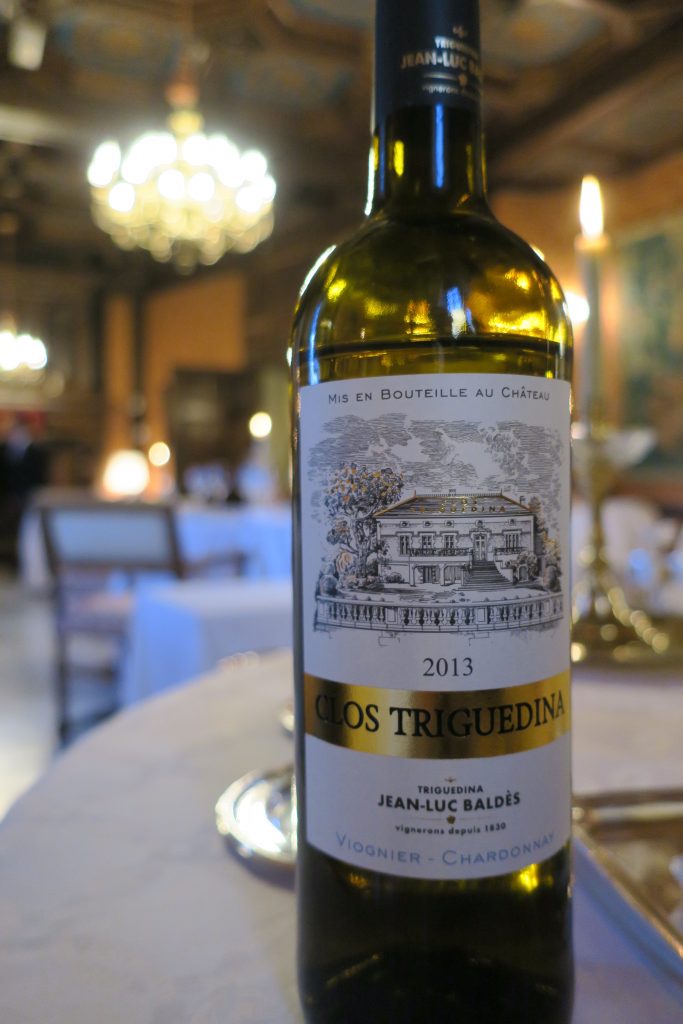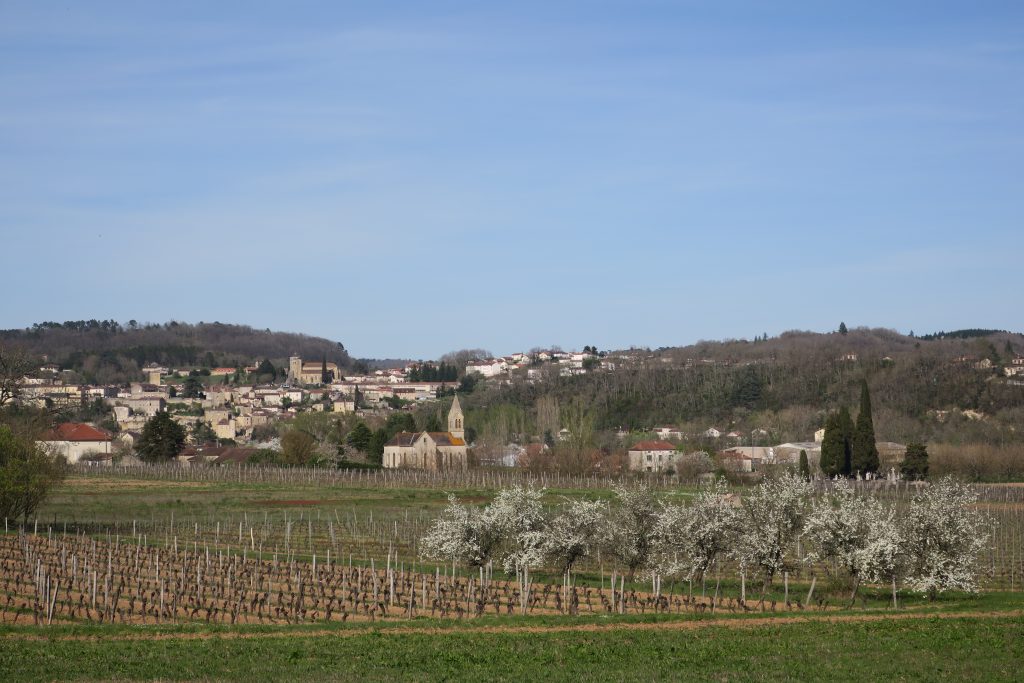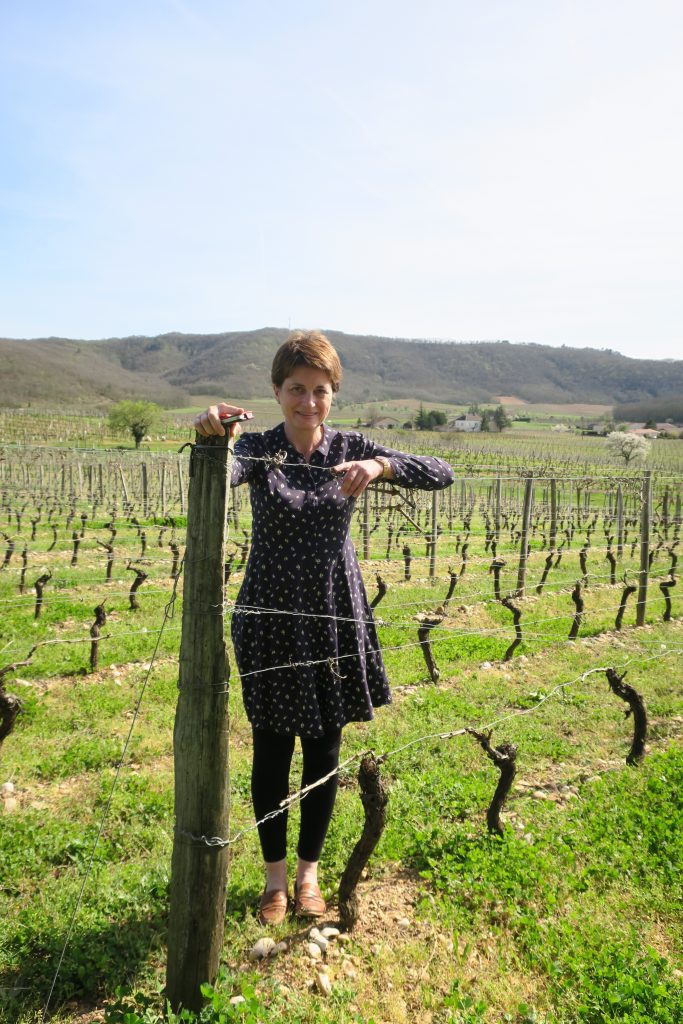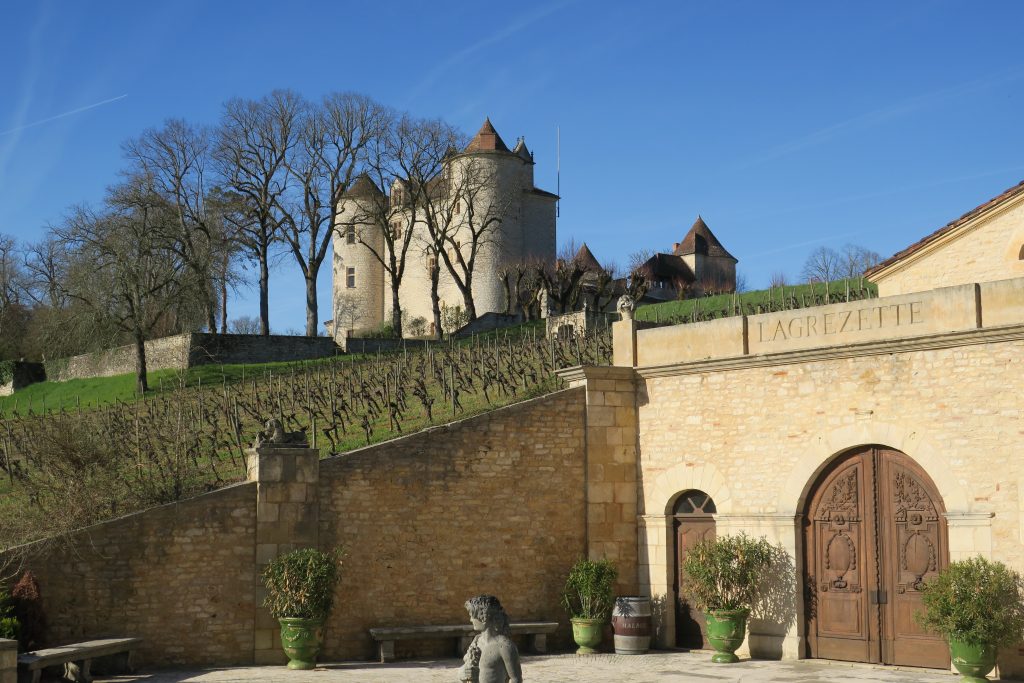Beyond The Basic Margarita: Craft Cocktails In Mexico
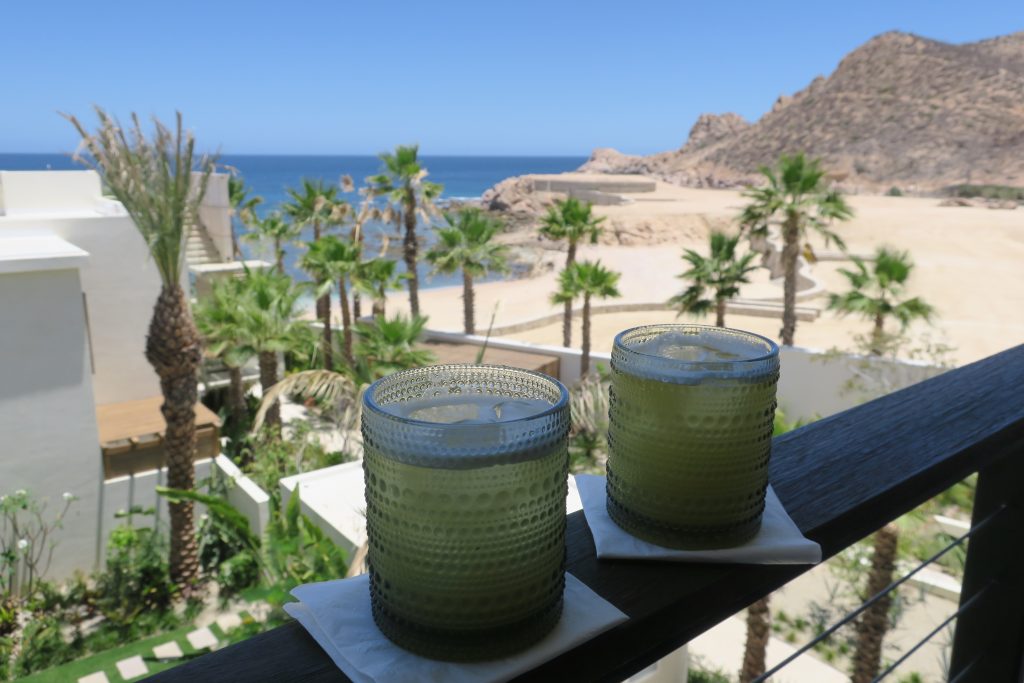
Chilenito cocktails at Auberge Chileno Bay
Mexico has many problems, but the lack of a national cocktail is not one of them. Everyone, in the U.S., at least, associates one cocktail, and one cocktail alone, with Mexico: the Margarita. (Only a pedant would argue for the Paloma.)
I imagined that I would be offered a non-stop parade of Margaritas in Mexico. Some might be made with mezcal, tequila’s smoky/spicy sibling, and some might incorporate mango juice or some such. But I expected that basically the cocktail lists at most restaurants and hotels wouldn’t differ much from that at the average Cesar’s.
To be honest, this prospect did not inspire within me feelings of unmixed disappointment. I love a good Margarita. I make them myself with some regularity. A good Margarita, to be clear, uses fresh lime juice (not chemical-green sour mix), silver tequila (or reposado, if you prefer a mellower flavor), orange liqueur like Cointreau or Triple Sec, and a dash of simple syrup or agave nectar. I serve it up, in a martini glass or coupe, and garnish it with nothing, not even salt. I’m a simple kind of guy, and simply kind of lazy.
It was quite a surprise, then, when my welcome cocktail at my first resort in Los Cabos incorporated mezcal, poblano pepper liqueur, fresh pineapple, fresh ginger and B&B bitters. It was called a Chilenito, and it was a delight: sweet, smokey, a little vegetal and a little spicy.
Cocktails with sophistication and complexity, I was soon to discover, are more the rule than the exception in Cabo’s finer bars and dining establishments. Baja has as much craft cocktail cred as Brooklyn these days. Consider the evidence, in both Margarita and non-Margarita form:
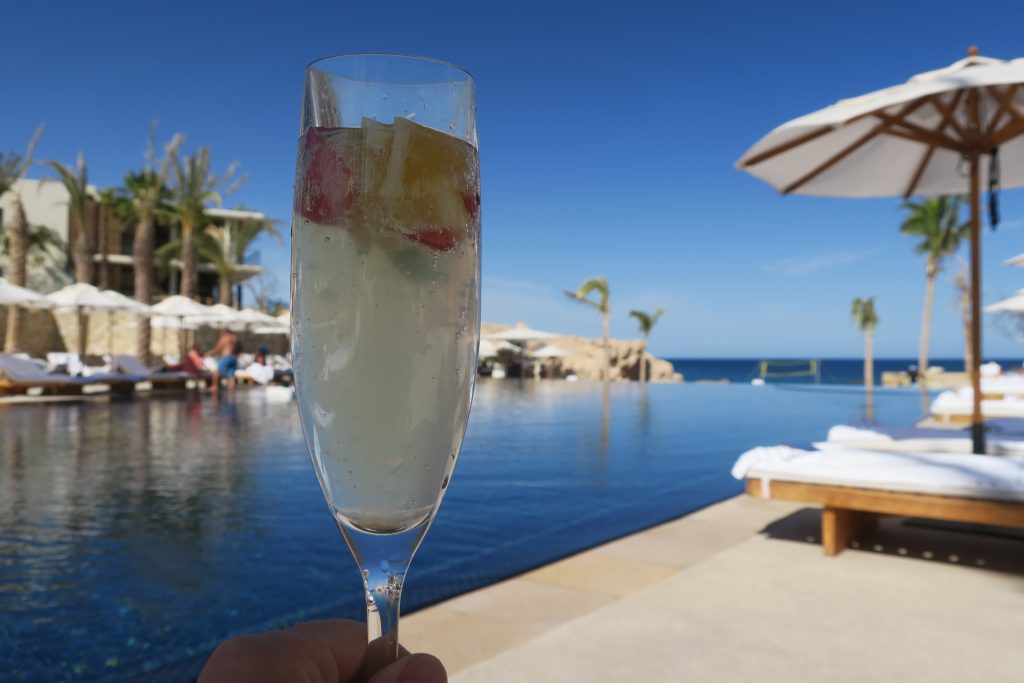
A Spritz Bay by the pool at Auberge Chileno Bay, a mix of Prosecco with strawberry, lime and ginger. A very refreshing sort of Mexican/Italian sangria, if you will. I certainly did!
*****
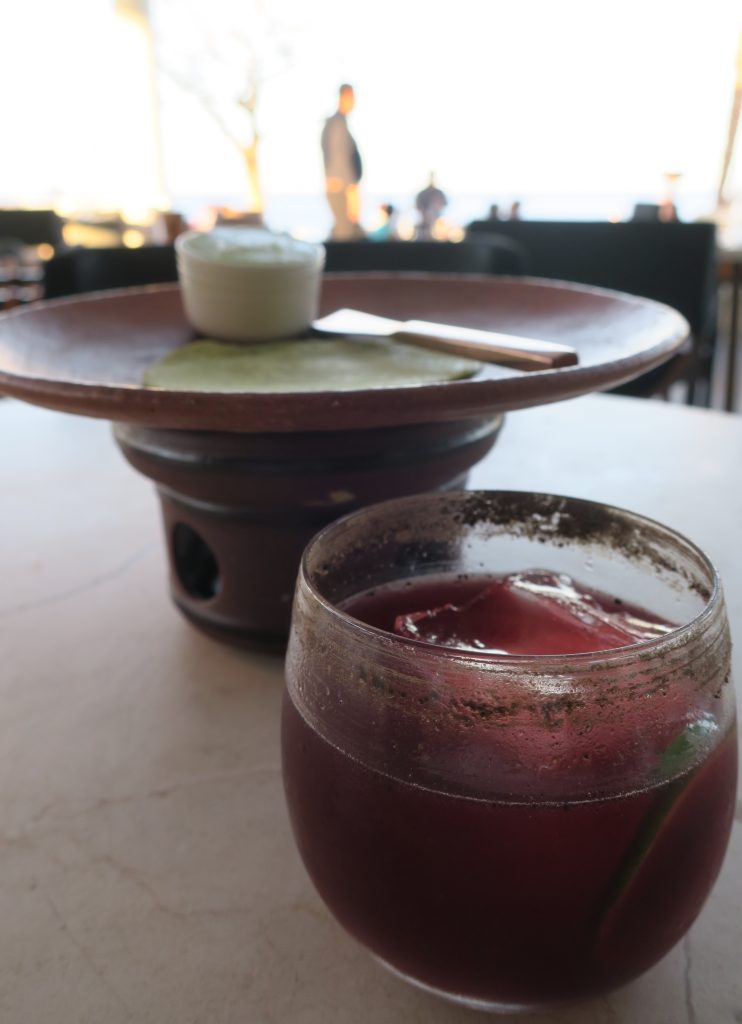
A Humo de Comal, at Comal, the main restaurant of Auberge Chileno Bay. It combines mezcal, purple chicha (fermented corn) and lime to great effect. The rim of tortilla ash is something you smell more than taste, its smoky note heralding the smokiness of the mezcal, which mixed beautifully with the hibiscus-like sweetness of the chicha.
*****
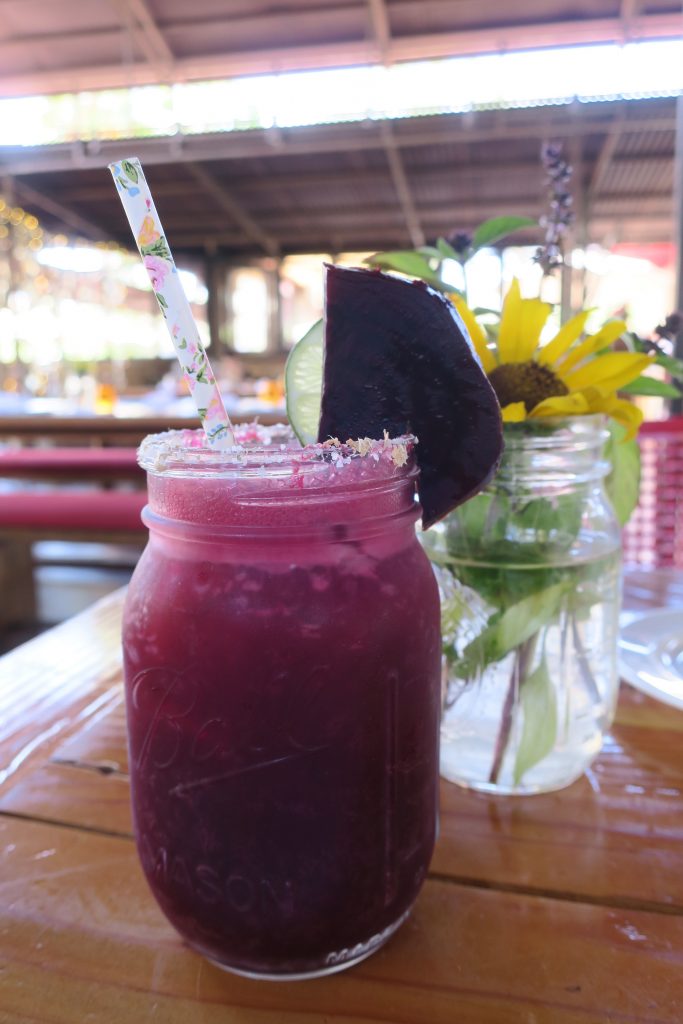
Flora Farm may call this a Margarita, but it’s unlike any I’ve ever had. This Ginger & Beet Margarita, as you might guess, mixed tequila, fresh beet juice and fresh ginger. It had excellent balance and an invigorating freshness. Beet and ginger, it seems, add quite the frisson of health to two ounces of tequila!
*****
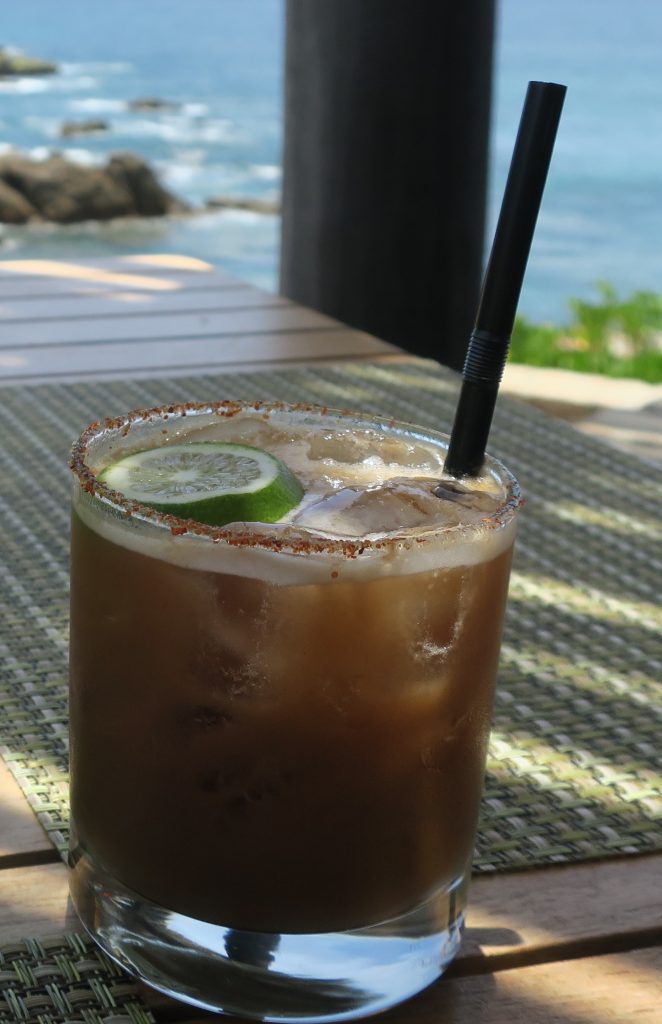
Tamarind strikes me as a grossly underutilized cocktail ingredient. This Mezcalita at Esperanza‘s La Palapa restaurant mixed it with mezcal and lime, and wow. It moved from sweet to smoky to sour to paprika spice, in that order. Complex and delicious.
*****
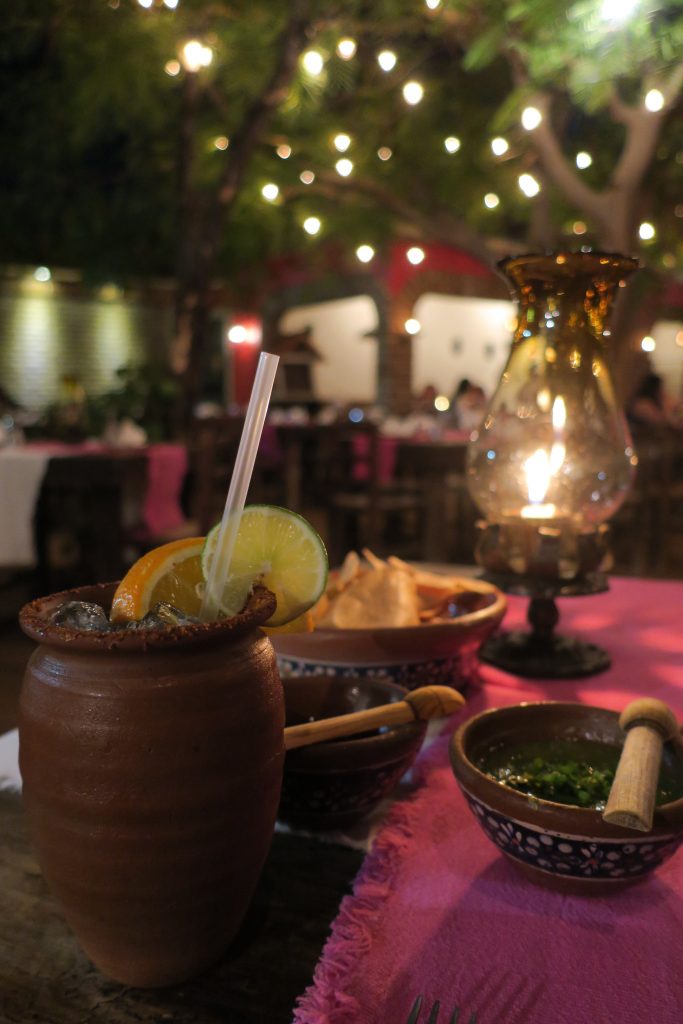
Speaking of tamarind, this Tamarind Margarita at Los Tres Gallos in Cabo San Lucas ranks among the greatest Margaritas I’ve ever tasted. The sour notes positively popped in the mouth, tempered with precision by the sweetness of the tequila, orange liqueur and agave syrup. Magnificent.
*****

A Prickly Pear Margarita by the pool at Esperanza, with silver tequila, mango, grilled prickly pear (nopal) and lime. It might have been perfectly fine, this cocktail, with just the sweetness from the fresh mango and tartness from the fresh lime. But the grilled prickly pear gave the drink subtle earthy and vegetal notes, taking it to another level entirely.
*****
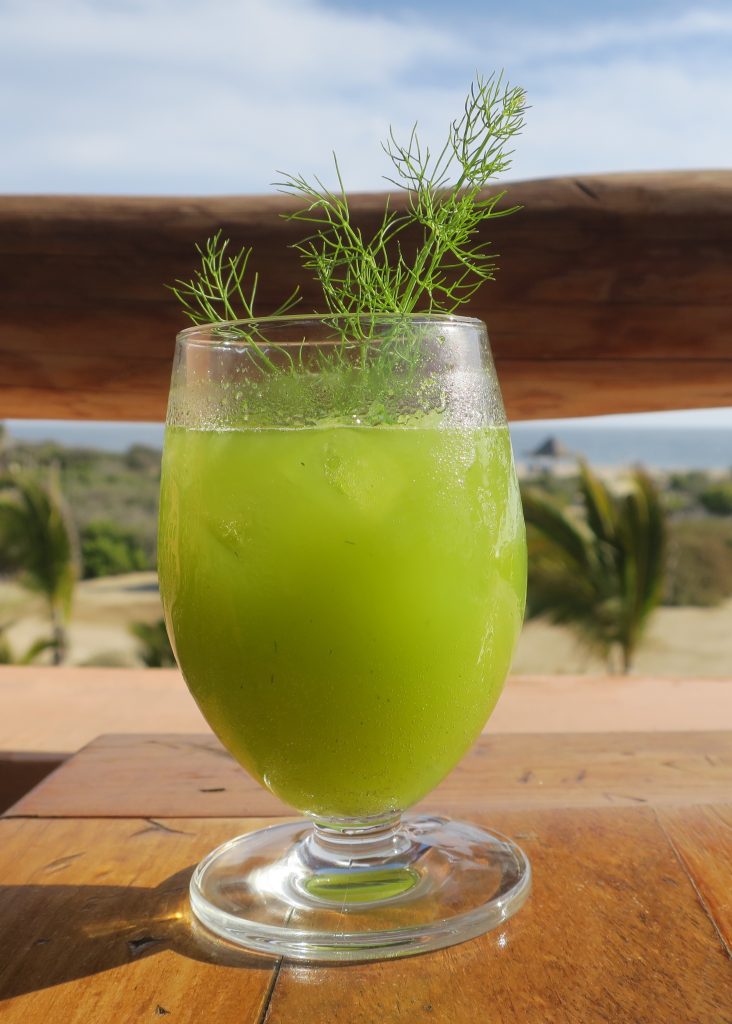
Rancho Pescadero on the coast just south of Todos Santos has an immense garden, and the bartender took full advantage of its bounty in this cocktail. I watched, amazed, as he grabbed great handfuls of mint, fennel fronds, basil, chervil and cilantro and muddled them together, mixing the resulting juice with lime, simple syrup and Hendrick’s Gin, topping it all off with tonic. This Herb Tonic cocktail tasted quite refreshing, of course, with bright herbaceous and citrus notes leavening the booziness (it looks like healthy green juice, but this was a seriously strong cocktail).
As wonderful as it was to consume these drinks in beautiful Mexico, you don’t have to brave the incipient border wall to enjoy creative cocktails made with tequila and mezcal. There’s no reason you can make a delicious drink yourself at home.
A formula with which to experiment: 2 parts tequila or mezcal, 1 part liqueur, 1-2 parts fresh juice (sugar syrup and/or fresh herbs optional). For example, right now, I’m loving a concoction of mezcal, fresh lemon juice and Stirrings Ginger liqueur. Sweet, citrusy, a little smoky, and a little spicy from the ginger.
I would love to hear what you come up with — if you discover a delicious and unusual tequila- or mezcal-based cocktail, please don’t hesitate to share the recipe!

